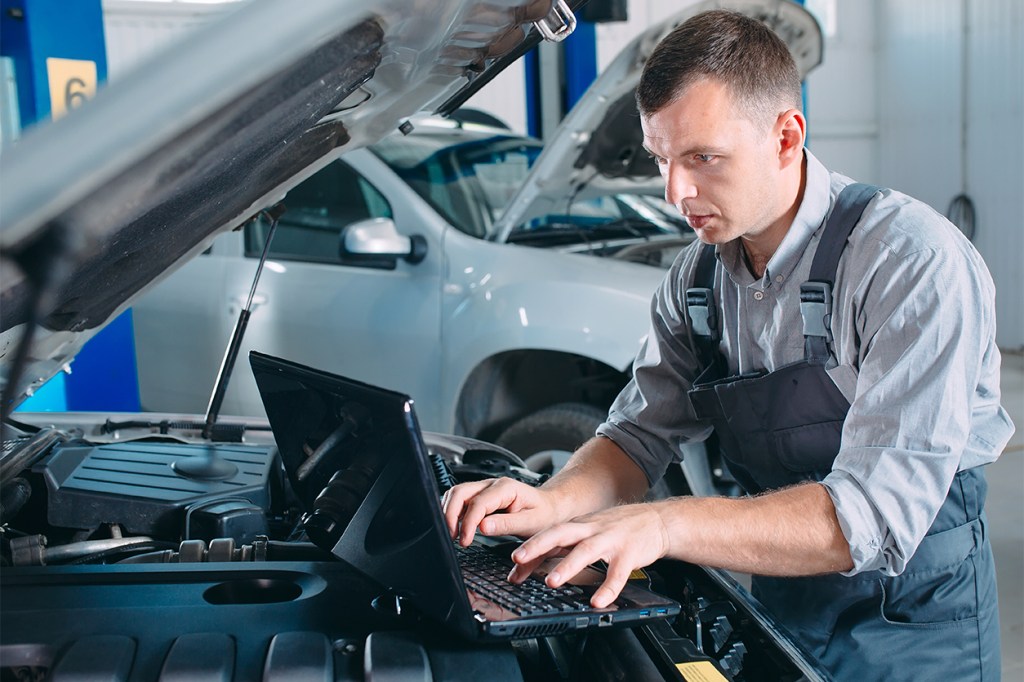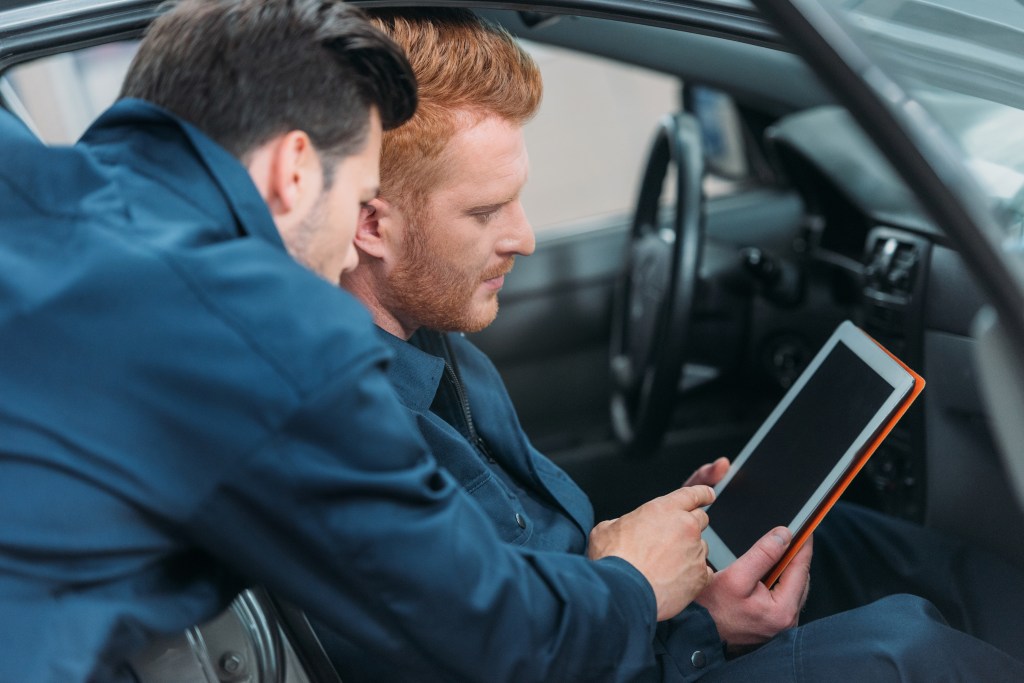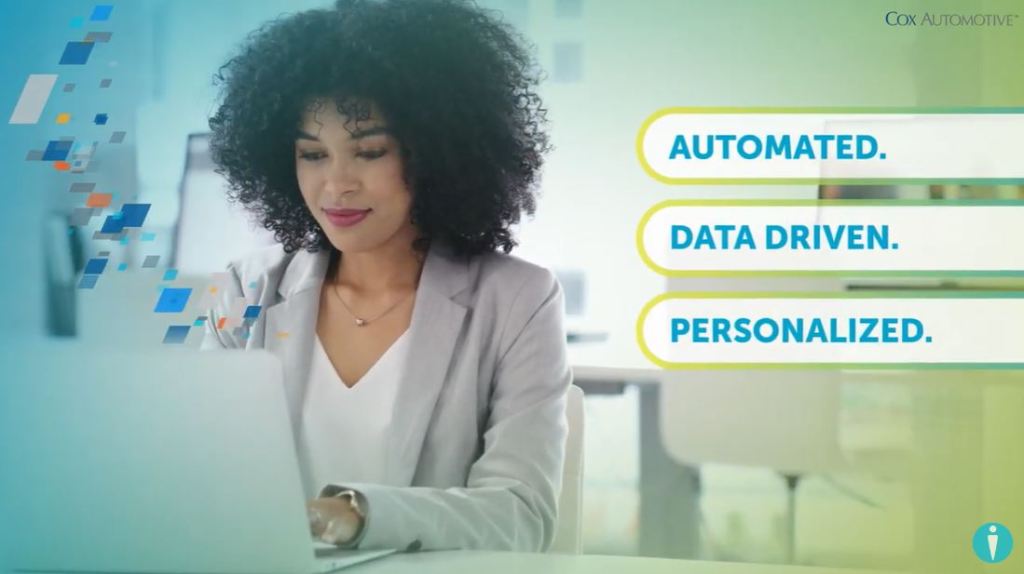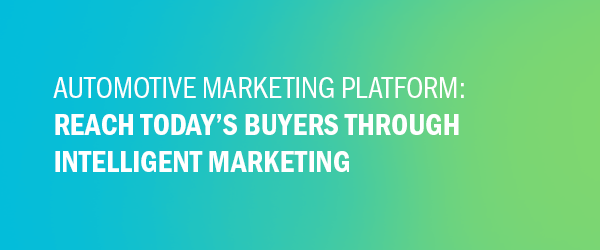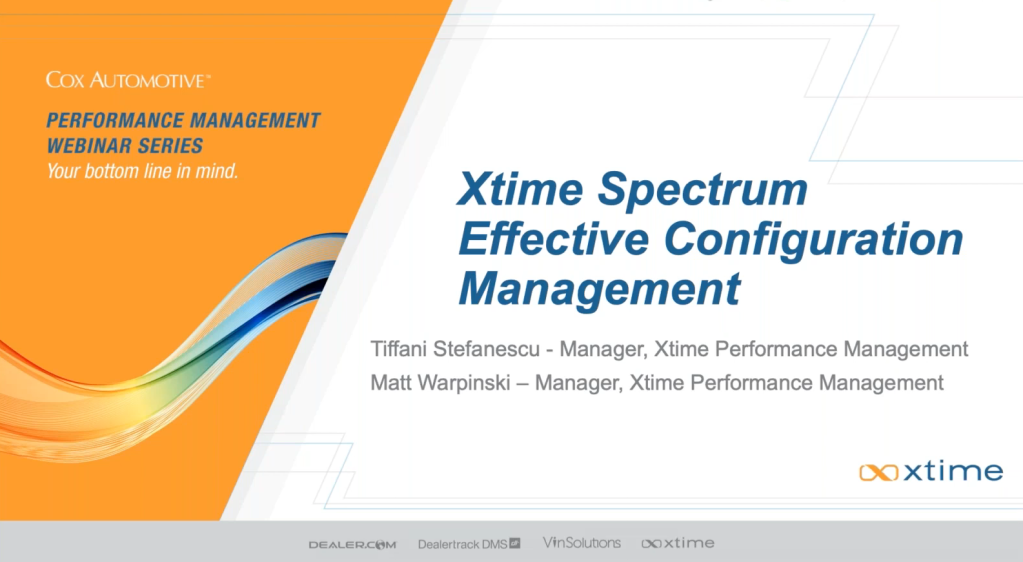It’s the trifecta of service department success — your customers, your team, your dealership. When your service department prioritizes all three, you win.
But, how do you triumph in this balancing act? Technology. Specifically, your service scheduling technology. It initiates the entire service experience and brings all three priorities together from the onset.
So, let’s make sure you have the right solution in place.
Evaluate your service scheduling technology with the following Q&A, curated to help you deliver the experience expected of your service department, internally and externally, today. Does your technology meet the needs of your customers, your service team, and your dealership?
Key Consideration 1: Your Customers
Question: Is there digital-to-in-store continuity for customers?
Answer: Customers need to see and hear the same service recommendations and pricing at every touchpoint, from booking and check-in to approval and payment. With the right technology, your customers will see the same recommendations with the same quoted price throughout the service process, creating continuity and building trust.
Question: Can I streamline the customer experience and reduce check-in and wait times?
Answer: To do so, you need to control the flow of customers into your service department. The right scheduling tool will help you balance your day, reducing bottlenecks during the most sought-after appointment times. Your technology should also facilitate your customers’ ability to make decisions about repairs during the scheduling process. When your customers have every piece of necessary information, including services that are currently due on their vehicles, open recalls, and previously declined services, you can streamline and optimize their experience.
Question: How do I create a more individualized experience for service customers?
Answer: Personalize everything — reminders, notifications, and all communications leading up to and throughout the service process. Your technology should even facilitate your ability to greet the customer by name when they pull into the service drive. Personalization increases the quality of customer interactions.
Question: How can I make the service process easier and more convenient for my customers?
Answer: In addition to fast appointment booking from anywhere, anytime, your customers need vehicle service to fit into their busy schedules. The ultimate service experience begins with scheduling technology that incorporates transportation options like service pickup and delivery.
Question: How can I improve the service experience to increase customer satisfaction and retention?
Answer: Customer satisfaction is a function of convenience, transparency, and trust. Find service technology that facilitates all three to keep customers coming back with advanced capabilities like rideshare or pickup and delivery, and flexible customer financing.
Key Consideration 2: Your Service Team
Question: What’s the best way to maximize my team’s productivity?
Answer: Help your service department reach its potential with robust shop management.
Manage capacity for a steady flow of appointments, balancing your day and reducing peak-time bottlenecks. You service scheduling technology should help you visualize capacity so you can adjust when needed for optimum daily service business, while accounting for the scope of skill-specific services to create an efficient and productive workload for technicians.
Question: How do I know it’s the right scheduling tool for my team?
Answer: The right solution will be easy to use, provide helpful support, and boost the efficiency of your team. User-friendly tools include intuitive interfaces that look like the technology your team interacts with in their everyday lives.
Question: How can I ensure that all service-related calls are answered in a timely fashion and my team isn’t overwhelmed with too many calls?
Answer: Implement tools that allow customers to quickly schedule service online and communicate with your dealership digitally. These tools should free up time for advisors and technicians to focus on customers.
Question: Can I help my staff to organize their day and be more efficient?
Answer: Your team should be able to get a sense of appointments, walk-ins, and waiters to help prioritize and organize their day with a scheduling solution that also allows you to load your shop in a manner that maximizes your service department’s potential. Look for the ability to designate the scope of skill-specific services to create an efficient and productive workload for technicians.
Question: Is there a way to identify and capture more recalls?
Answer: Yes — automate recall identification. Your technology should actively search each VIN for open recall campaigns during appointment scheduling, whether it’s done online by the consumer or internally by your team, and at check-in. This functionality identifies all service needs up front, gives your team helpful recall prompts, no matter how busy the service drive, and helps you properly manage capacity to ensure more recall business.
Key Consideration 3: Your Dealership
Question: How do I address poor scheduling practices that result in inefficient ROs?
Answer: Manage shop capacity so that your team can maximize every RO. You may miss out on additional service recommendations if your capacity is not optimized for top performance — find technology to help you place daily caps on your less efficient service work and support your team’s ability to thoroughly inspect each vehicle.
Question: Should I expect a good return on investment from my scheduling technology?
Answer: Yes, you certainly should. The key is a scheduling solution that displays previously declined services and open recalls from the outset, so customers can browse options and book and approve services before their vehicle ever arrives at your shop. And, because this information is also visible to service advisors and BDC reps, your technology can help your team quote consistent pricing and keep your service drive running like a well-oiled, profit-producing machine. Convenient transportation options in the scheduling process also help drive your return on investment — a Cox Automotive study showed consumers using service pickup and delivery spent $275 more per RO.
Question: How do I give my customers the service experience they expect?
Answer: Driven by interactions with companies like Amazon and Starbucks, today’s customers expect to schedule their service appointment right from their phone with all the information they need at their fingertips. They are busy and appreciate convenience. Your scheduling technology should make online booking fast and easy and provide added time-saving benefits like service pickup and delivery.
Question: How do I know if my current scheduling solution is outdated?
Answer: First, confirm the tool you’re using was actually created to facilitate a more efficient, productive, and profitable service drive. For instance, your dealership’s DMS was not meant to function as a scheduling tool and likely keeps you from delivering the digital, convenient service experience your customers expect today. The technology you need will help you control your shop capacity, automatically routing customers to the right advisor and specific services to the right technician. Not only does this promote more efficient workflows and generate additional revenue, it creates happier, more satisfied customers, leading to better online reviews and higher CSI scores.
Question: Is there a better way to recapture previously declined services and generate additional revenue?
Answer: Your service scheduling technology should automatically serve up previously declined services at the next customer interaction, reminding customers of recommendations at the beginning of the scheduling process, driving more fixed ops revenue and a better overall customer experience.
Conclusion
Your customers. Your team. Your dealership. When your scheduling technology works to elevate all three, you prevail, delivering on performance expectations both internally and externally. The questions above are your thought starters and a means to evaluate your service scheduling technology.
You can win the trifecta with the right service scheduling technology for your dealership. Book an Xtime Schedule demo today. Let’s get the conversation started.

